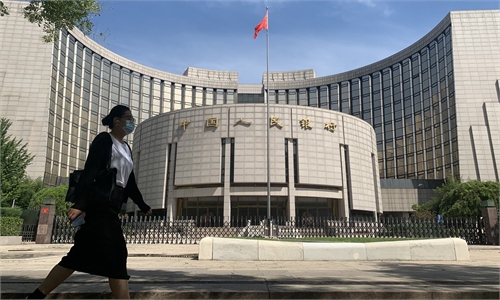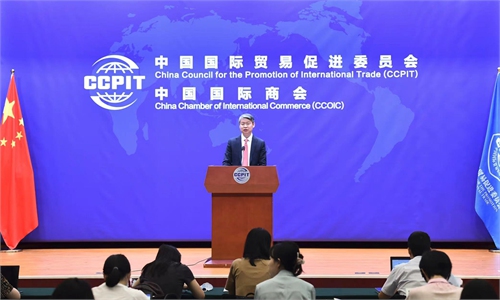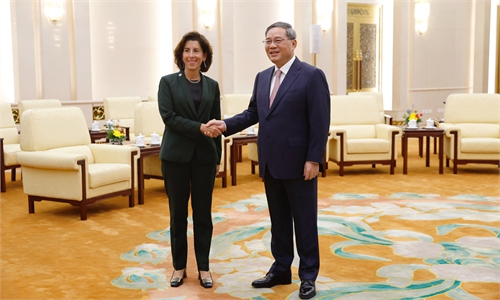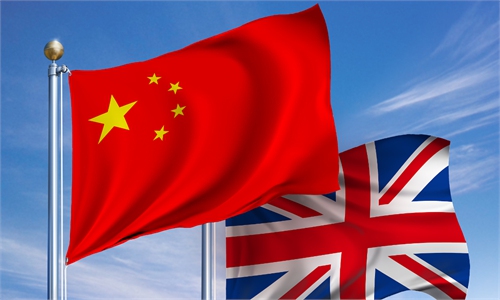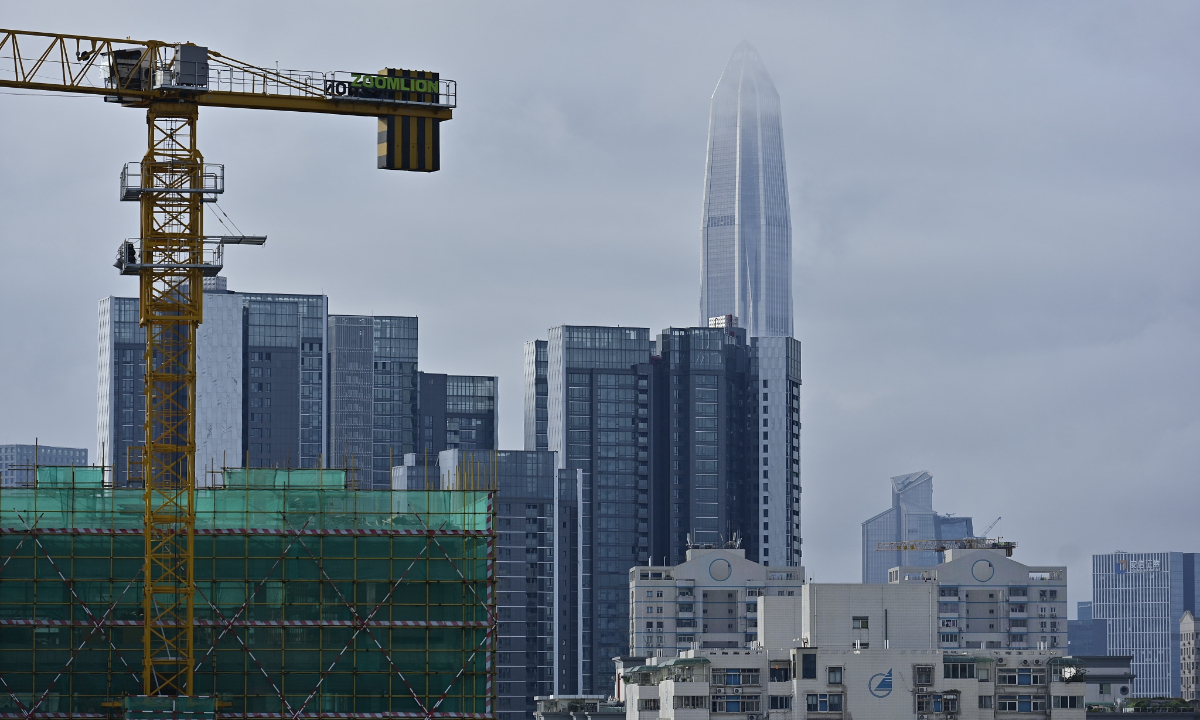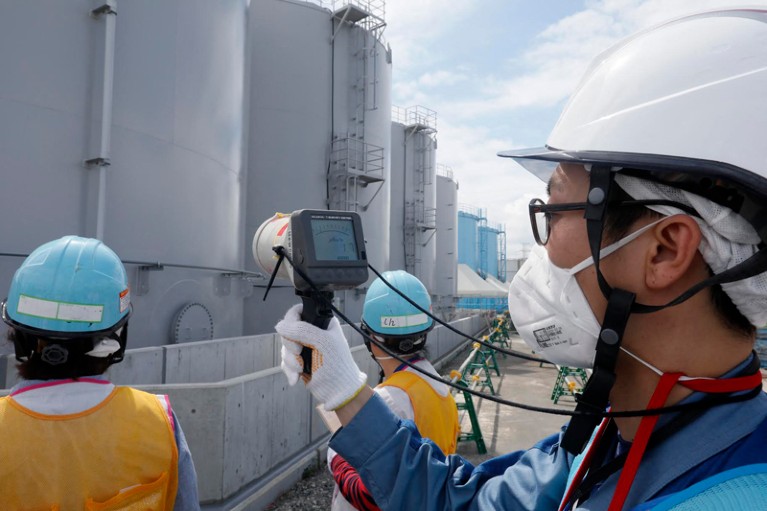 hoices aplenty: Cartons of cigarettes are considered appropriate business gifts. — The Straits Times/ANNTwenty years after adopting the World Health Organisation (WHO) Framework Convention on Tobacco Control (FCTC), China is still addicted to cigarettes.
hoices aplenty: Cartons of cigarettes are considered appropriate business gifts. — The Straits Times/ANNTwenty years after adopting the World Health Organisation (WHO) Framework Convention on Tobacco Control (FCTC), China is still addicted to cigarettes.The world’s largest producer and consumer of tobacco, it has an estimated 300 million smokers, nearly a third of the world’s total.
Despite years of anti-smoking campaigns – Chinese President Xi Jinping reportedly gave up smoking in his 40s and banned smoking in government buildings – many continue to light up, driven by social mores, cheap cigarettes, a lack of public education and, crucially, the protection of Big Tobacco.
Cartons of smokes are considered appropriate business gifts while tobacco shops dot the streets, with prices ranging from as little as 10 yuan (RM6.40) a packet to over 200 yuan (RM127.70). Convenience stores prominently display a dizzying array of varieties.
But kicking the habit is far harder than simply going cold turkey. The tobacco industry is both regulated and controlled by the State Tobacco Monopoly Administration (STMA), an agency that provides jobs for over half a million people across the country.
In recent years, the problem has taken on a new dimension with the startling popularity of electronic cigarettes, making nicotine palatable – and readily available – even to the young.
How did the world’s second-largest economy get so addicted to smoking? And as the world moves towards tobacco-free societies, would it ever be truly possible for China to kick the habit?
Cigarette normalisation
Shortly after the establishment of the People’s Republic of China in 1949, Beijing declared that tobacco farms and cigarette manufacturing would be consolidated and managed by local governments.
When the country was put through rationing in those early years, cigarettes were among the “essentials” doled out to villagers and residents who registered with the local authorities, allowing officials to document the population.
Cigarette manufacturers also tapped iconography significant to China’s national consciousness. Brands like Xiongmao (Panda), Chunghwa (a metonym for China) and Zhongnaihai (a former imperial garden that now houses China’s leadership complex) all date back as far as the 1930s.
By the time STMA and its commercial arm China National Tobacco Corporation were created in the 1980s to consolidate and centralise tobacco production and sales, smoking was widely accepted.
Leaders ranging from Mao Zedong to Premier Zhou Enlai and Deng Xiaoping have all been photographed holding cigarettes, with ashtrays and spittoons commonplace in offices and government buildings across the country.
And it continues to play a significant role in society today.
When bistro owner Jeanne He was a bridesmaid in 2022 at a childhood friend’s wedding in Yunnan province – the country’s largest producer of tobacco – she had an important responsibility.
“I was in charge of arranging the cigarettes on trays for bridesmaids to hold up and offer to guests before the wedding dinner,” she said.
“The groomsmen had trays of snacks and candy.”
In much of China, working in the tobacco industry is seen to be as prestigious as being in the civil service, with its stable income, generous salaries and employee benefits.
In surveys of fresh graduates, China’s big tobacco firms – largely state-owned enterprises (SOE) – are consistently rated some of the best companies to work for, with degree holders happy to take on blue-collar jobs on the factory lines.
Some 98% of China’s tobacco firms are SOEs with little wiggle room for other market players. Manufacturing some 2.4 trillion cigarettes a year, the industry raked in 132 billion yuan in profits in 2022, nearly 12% up from the 118 billion yuan the year before.
China National Tobacco Corporation does not report sales figures but posted a record-breaking taxable income of 1.44 trillion yuan in 2022.
The second-highest tax payer, the Industrial and Commercial Bank of China, reported taxable income of 109 billion yuan.
The pressure that STMA exerts on the government is largely why tobacco regulation has hit a roadblock, said Dr Gan Quan, director of the China office of the International Union Against Tuberculosis and Lung Disease, a Paris-headquartered non-profit organisation aimed at eradicating tuberculosis and lung disease.
While major cities such as Beijing, Shanghai, Guangzhou and Shenzhen have been able to completely ban smoking indoors since 2007, this has been far more challenging in other cities like Chongqing.
In 2020, the city passed a law banning smoking in public places, but a loophole meant that certain establishments such as restaurants, hotels and entertainment venues were allowed to set up indoor smoking areas, exposing countless others to second-hand smoke.
“Smoking is strictly prohibited in the indoor areas of public places where smoking areas can be designated,” said the text of the law.
Dr Gan, who has spent his career studying China’s tobacco control policies, said: “It has become a pattern that whenever sub-national jurisdictions try to pass smoke-free laws, you have the STMA following them (to exert pressure to water down the laws) because they don’t want the momentum to spread from big cities like Beijing and Shanghai.”
Crucially, there is no national-level smoke-free legislation that will make it mandatory for all provinces and regions to adhere to, wrote Peking Union Medical College’s Dr Xia Wan in CCDC Weekly, a publication by the Chinese Centre for Disease Control and Prevention, in an article in 2022.
In November 2014, the State Council released a draft on national tobacco control guidelines to meet its obligations under the WHO FCTC, the first time such guidelines had been introduced at a national level.
“This draft was supposed to finish seeking advice, opinions and comments from the public by the end of 2014,” Dr Xia wrote.
“But unfortunately, the draft is still stuck in that stage and has not progressed further.”
Furthermore, regulation across cities remains lax, and it is not an uncommon sight to see people lighting up under “no smoking” signs in eateries.
STMA did not respond to a request for comment.
In 2021, China’s top health body, the National Health Commission, released its second report detailing the ill effects of smoking – an update from a 2012 version.
With more than half the male population smoking, over one million people lose their lives to tobacco use every year, a number that could double by 2030.
It also noted that “e-cigarettes are unsafe and pose a health hazard” but offered no solutions to the issue.
Electronic cigarettes
Electronic cigarettes and electronic nicotine delivery systems – more commonly known as vapes – have been regulated in China since 2022, and cartridges with flavours have been banned in a bid to stop young people from picking up smoking.
But results are mixed: While such vapes are no longer easily available, one can still walk up to any number of e-cigarette shops dotting the streets, where retailers pull out flavoured stock from under the counter.
In private chats on social media platform WeChat, sellers also directly market to consumers, sending catalogues every time a new flavour hits the market.
At a shop in Beijing, where this reporter was offered an ice lemon tea-flavoured vape, the shop assistant said it was impossible to stamp out demand.
“We’re just more discreet about it and don’t display what we have on offer. Also, if we see young people coming in to buy, we won’t sell to them,” said the assistant, who wanted to be known only by her surname Su.
In eateries and even shops across major cities, people can still be seen puffing away indoors, leaving cloyingly sweet vapour in their wake.
With smoking so socially accepted, those who have successfully quit say it usually takes a life-changing event to provide a much-needed jolt.
Aircraft engineer Li Peng, 52, kicked the 30-year habit only after discovering nodules in his lungs during a medical check two years ago.
“I’ve been smoking since I was a young apprentice nearly 30 years ago, and even though my wife kept urging me to quit, I found it hard because it’s such a social activity, too,” he said.
“After the medical scare, where the doctor told me I could either quit or risk it developing into something more severe, I got the boost I needed to go cold turkey.
“But I’ll admit it was very difficult in the beginning, especially during mornings in the toilet.”
Yet, given the industry’s strong hold over the market, China is unlikely to go cold turkey any time soon.
Dr Gan said: “The anti-smoking lobby is calling for the tobacco monopoly to be broken up from the regulator, but I don’t think the government is willing or interested in doing that because it takes huge political will and capital.”
Since 2021, STMA has been swept up in a corruption probe that has involved nearly two dozen current and former senior executives, including the retired head of an Anhui subsidiary who killed himself after investigations started.
The arrests and investigation of several top STMA officials for corruption are merely part of the anti-corruption campaign rather than an attempt to reform and rein in the tobacco industry, Dr Gan noted.
“The main issue is really a lack of (anti-smoking) education... for instance, if you compare cigarette packets to places like Hong Kong and Singapore, the language is very weak and not prominently displayed,” he said.
“And we don’t do that because of opposition from the tobacco monopoly.” — The Straits Times/ANN
The writer,ELIZABETH LAW is the China Correspondent at The Straits Times.
Related:
The US cannot stop China's technological progress







